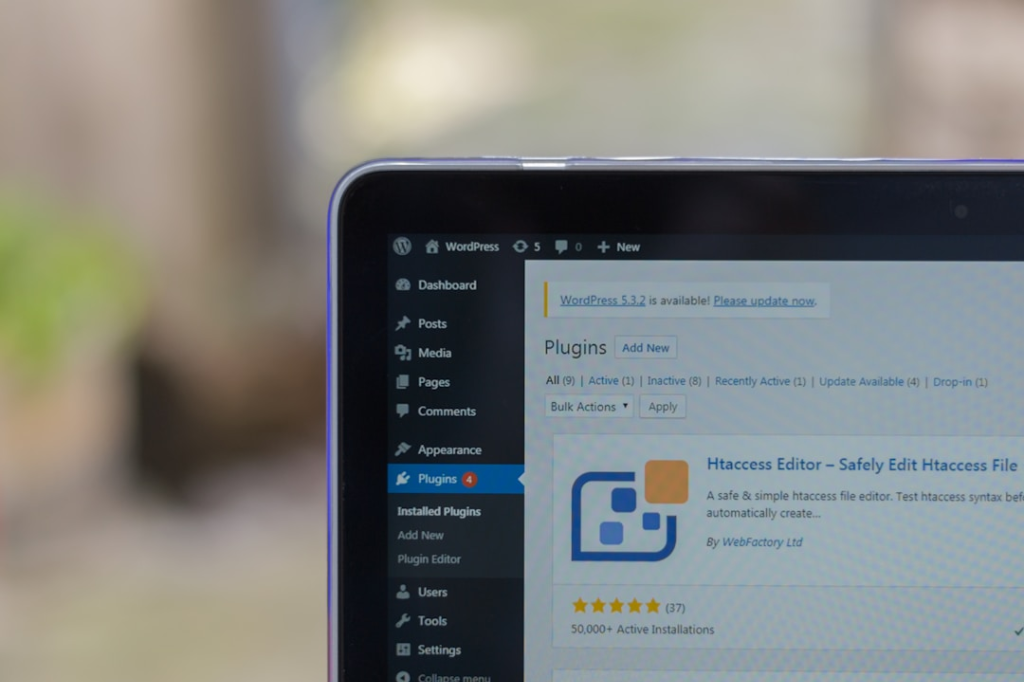Starting a blog is an exciting way to share your ideas, connect with others, and even build a business. Whether you’re a creative entrepreneur, tech enthusiast, or someone who’s curious about the world of blogging, this guide will walk you through the basics of setting up your blog and creating engaging content.
Choosing the Right Blogging Platform
Before you start writing, you’ll need to choose a platform to host your blog. Here are three popular options:
1. WordPress

Pros:
- Highly customizable with thousands of themes and plugins.
- Strong community support and resources.
- SEO-friendly.
Cons:
- Can be complex for beginners.
- Requires more setup and maintenance.
2. Blogger

Pros:
- Free and easy to use.
- Integrated with Google services.
Cons:
- Limited customization.
- Not as many features as other platforms.
3. Wix
Pros:
- User-friendly with drag-and-drop design.
- Beautiful templates.
Cons:
- Less control over SEO settings.
- Premium plans can be costly.
Setting Up Your Blog
Once you’ve chosen a platform, follow these steps to get your blog up and running:
Step 1: Choose a Domain Name
Your domain name is your blog’s address on the internet. Choose something memorable, relevant to your content, and easy to spell.
Step 2: Select a Hosting Plan
If you’re using WordPress, you’ll need a hosting provider. Some popular options include Bluehost, Namecheap, SiteGround, and HostGator. Blogger and Wix include hosting as part of their services.
Step 3: Design Your Blog
Choose a theme that reflects your brand and is easy to navigate. Customize it to include elements that are important to your audience, like a search bar and clear navigation menus.
Creating Engaging Content
Now that your blog is set up, it’s time to focus on content creation. Here are some tips to help you get started:
1. Know Your Audience
Understand who your readers are and what they’re interested in. This will help you create content that resonates with them and keeps them coming back for more.
2. Plan Your Content
Consistency is key in blogging. Create a content calendar to plan your posts in advance. This will help you maintain a steady flow of content and prevent last-minute stress.
3. Write Compelling Headlines
A great headline grabs attention and encourages readers to click. Use power words, ask questions, or promise a benefit to entice your audience.
4. Focus on Quality
Provide value in every post by offering insights, tips, or entertainment. High-quality content will establish your authority and build trust with your readers.
5. Use Visuals
Incorporate images, videos, and infographics to break up text and make your posts visually appealing. Visuals can also help illustrate your points and keep readers engaged.
6. Promote Your Blog
Share your posts on social media, engage with other bloggers, and participate in online communities to increase your blog’s visibility.
Conclusion
Starting a blog is a rewarding experience that offers countless opportunities for personal and professional growth. By choosing the right platform, setting up your blog thoughtfully, and creating engaging content, you’ll be well on your way to blogging success.
If you’re ready to take the plunge into the world of blogging, why not start today? Your creative adventure awaits!



Leave a comment